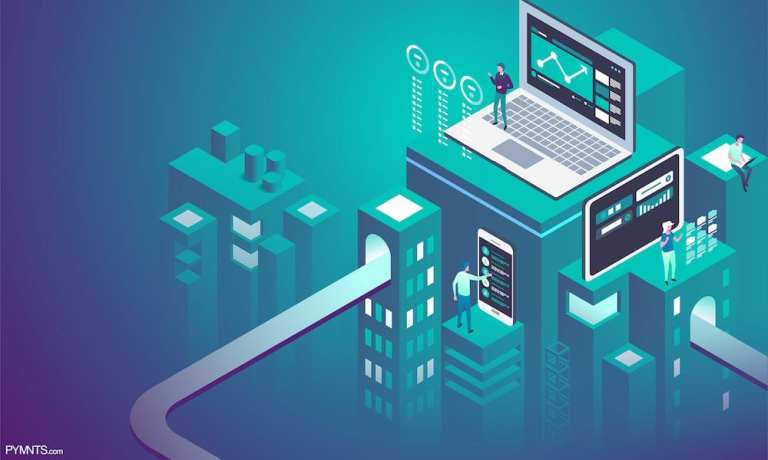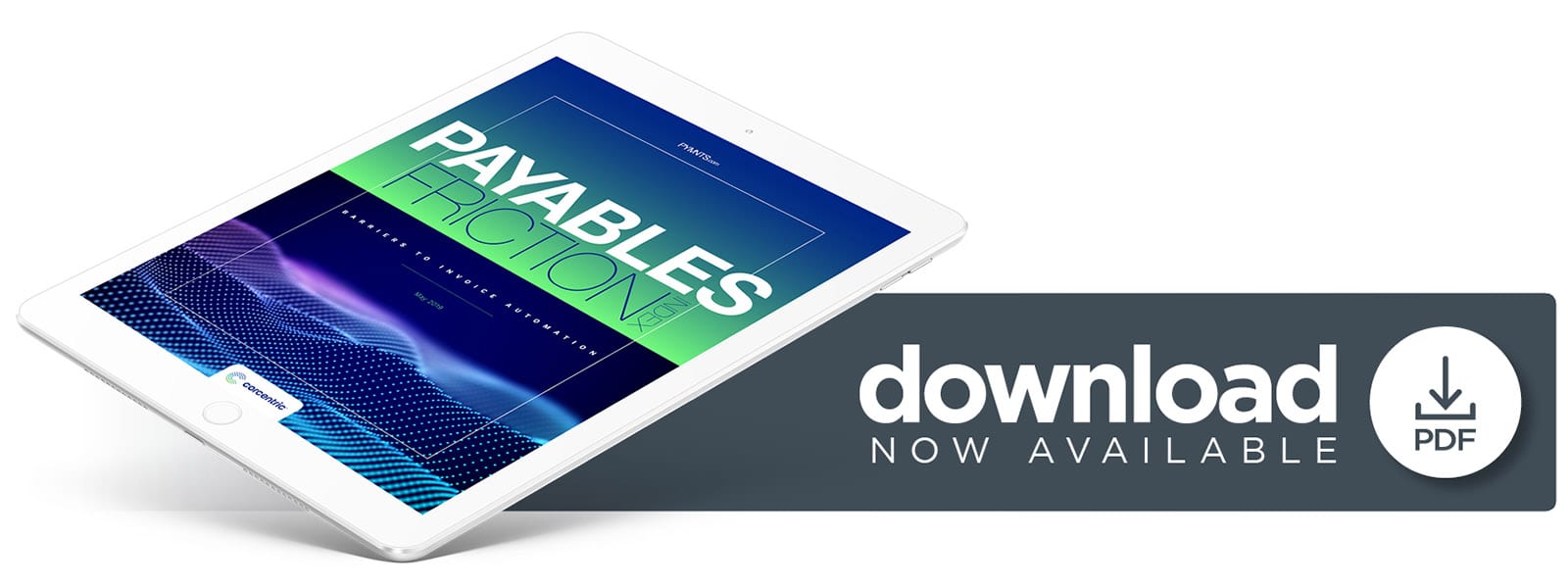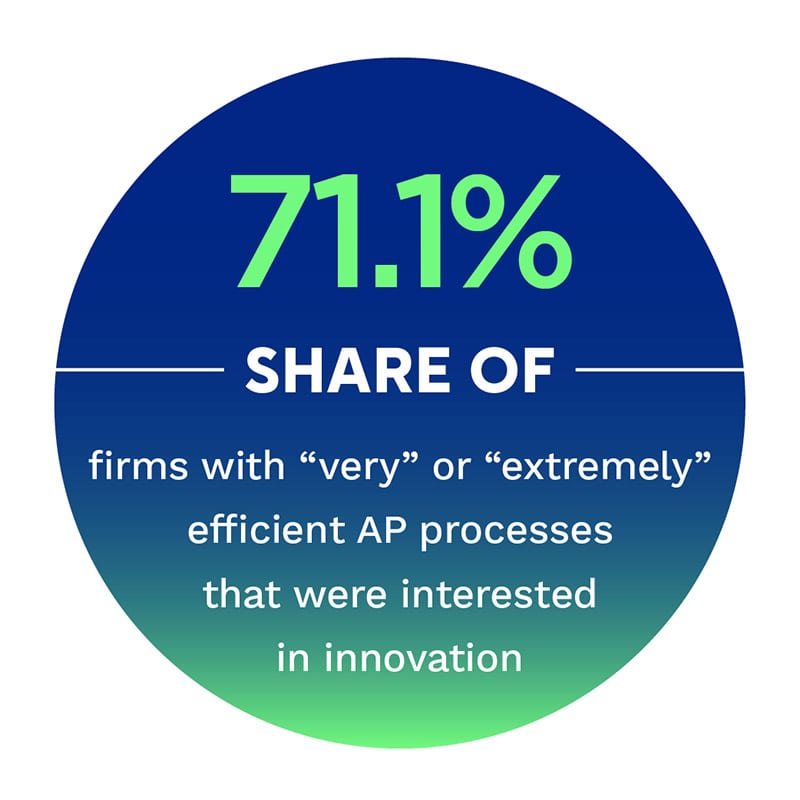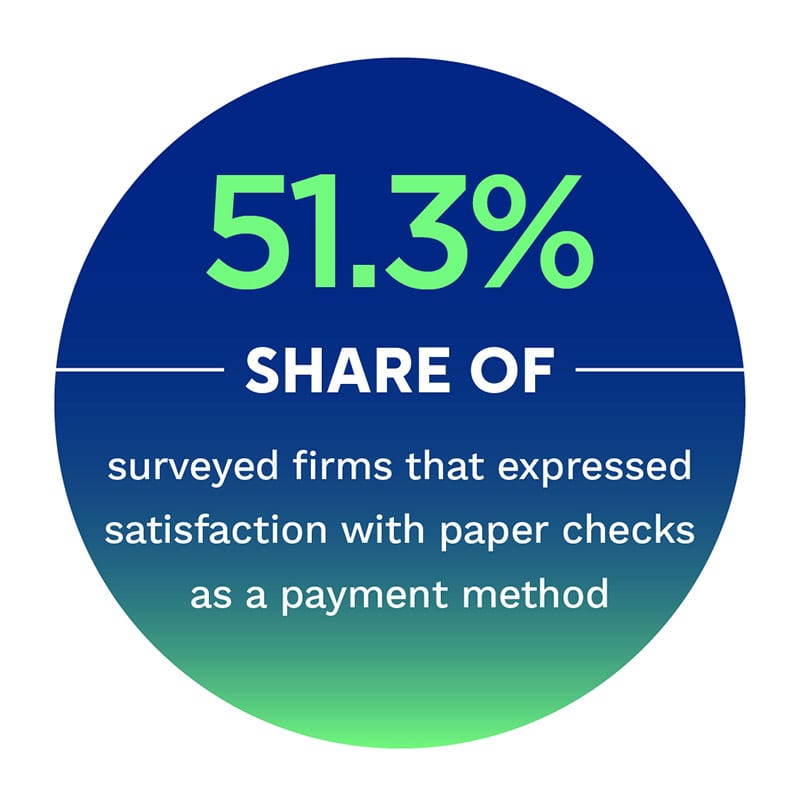
 Accounts payable operations are essential to ensuring that payments to a firm’s partners and suppliers are processed and delivered on time. These processes prevent companies from missing payments and running the risk of souring business relationships and hurting their partners’ bottom lines in the process.
Accounts payable operations are essential to ensuring that payments to a firm’s partners and suppliers are processed and delivered on time. These processes prevent companies from missing payments and running the risk of souring business relationships and hurting their partners’ bottom lines in the process.
However, despite their importance to keeping businesses afloat, old school practices like physical paperwork are still the norm for many AP departments. Additionally, a significant share of invoices (43.8 percent) are still delivered via fax machine, and an even greater amount (72.4 percent) arrive via snail mail.
Why is innovation for this crucial department often an afterthought, pushed aside in favor of more public-facing priorities, when automated solutions are available that can efficiently onboard customers, reduce errors and eliminate paper-based invoicing systems?
The new edition of Payables Friction Index: Barriers to Invoice Automation aims to get to the root of this problem. PYMNTS surveyed executives at 2,570 firms to examine their AP processes and how automation could help them address common AP frictions. Overall, firms scored an average of 57.3 points on a scale of 100. Top-performing firms, on the other hand, performed considerably better with an average score of 74.3 — while bottom-performing firms scored an average of 36.5.
When it comes to AP automation, firms seem to be facing a “chicken or the egg” dilemma. A significant share of firms, 71.1 percent, said they already have “very” or “extremely” efficient AP processes in place. Yet these firms were considerably more likely to embrace innovation. For example, just 20.1 percent of firms that reported having less efficient AP operations — and are therefore more likely to need innovation — expressed interest.
Additional Findings in the Index:
PYMNTS also found that firms generating between $100 million and $500 million in annual revenues are considerably ahead of their counterparts in terms of both efficiency and making AP innovation a priority. On average, 77.4 percent of firms in this range are likely to demonstrate existing efficiencies and to have an interest in adopting innovations to address tasks like invoice payments, receipt and approval.
Find over 200 data points outlining how firms view innovation, the factors that are causing barriers to adoption and why some firms are ahead of the innovation curve.
About the Index
The Payables Friction Index: Barriers to Invoice Automation report, a collaboration between PYMNTS and Corcentric, is based on insights from executives at 2,570 firms. The Index examines firms’ AP processes and includes more than 200 data points on current AP practices and how automated solutions could help firms address common AP frictions. Firms surveyed for the report are graded on a scale of 0 to 100.